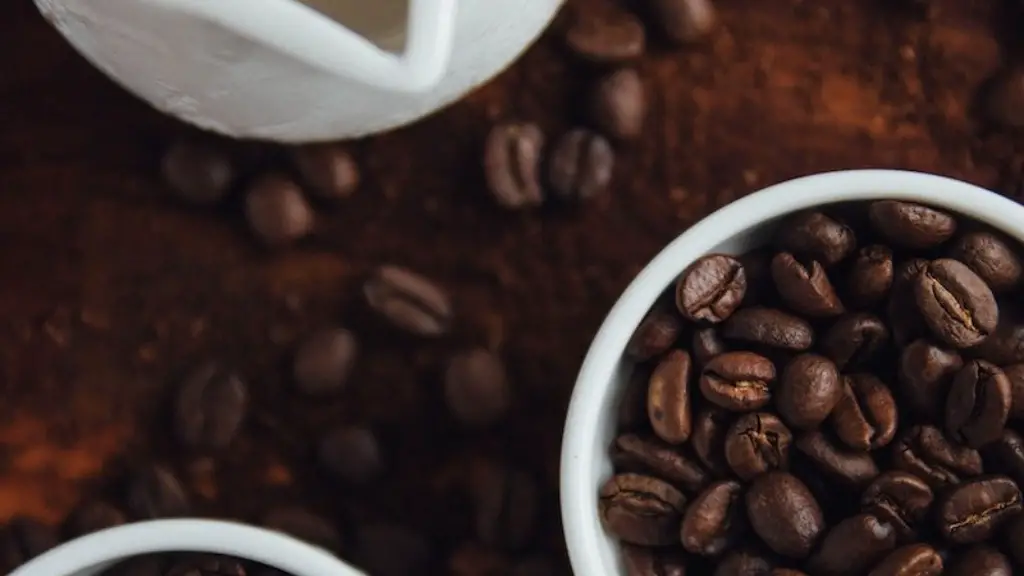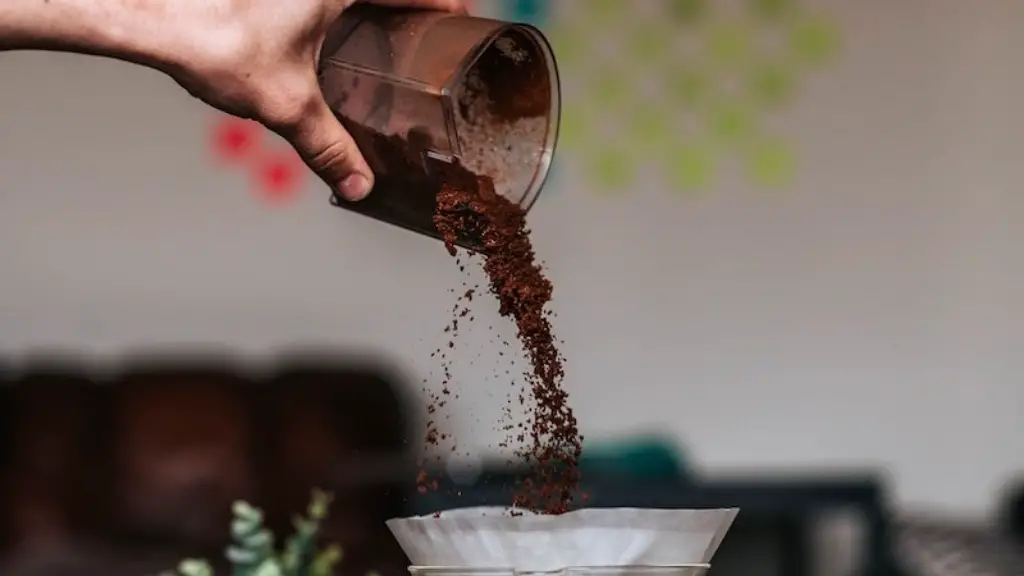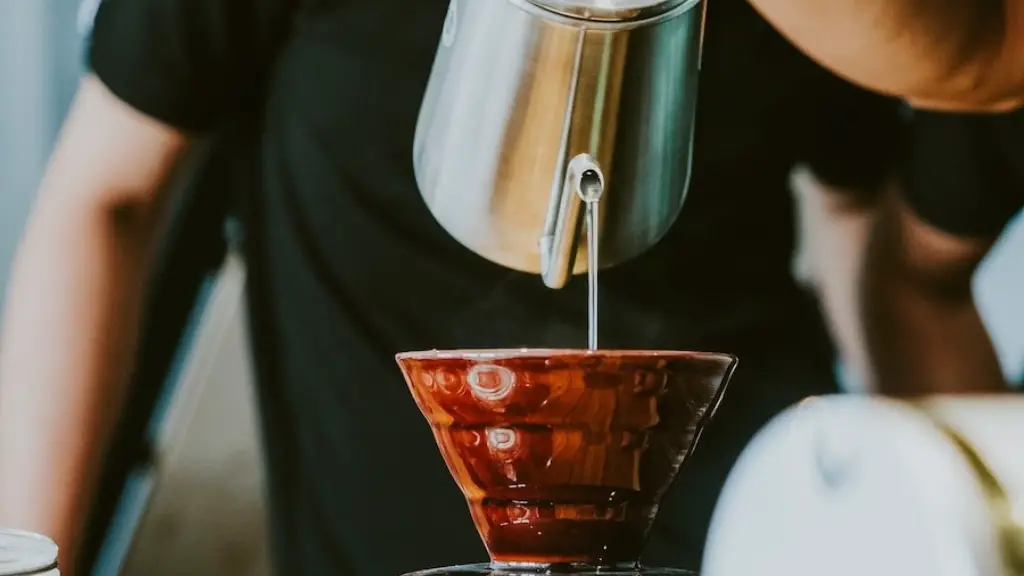The Content of Caffeine in Starbucks Coffee
Most people recognize the Starbucks name and can pick out one of the iconic green and white logos from a hundred yards away, but few people know what’s in their coffee. In particular, questions such as ‘Does Starbucks Coffee have more caffeine than other brands?’ are becoming increasingly popular amongst caffeine seekers. Fortunately, it is not difficult to establish the amount of caffeine in Starbucks Coffee when compared to other leading brands.
Many experts agree that caffeine is the natural stimulant found in coffee that makes it a common morning brewing staple. It is caffeine in coffee which makes it have a wide range of effects on the human body. It can improve alertness, reduce fatigue, and improve exercise performance. It is usually included in cosmetics, supplements, and medication to reduce physical and mental fatigue.
An average cup of coffee can contain 95 milligrams of caffeine, while Starbucks Pumpkin Spice Latte contains a whopping 300 milligrams of caffeine. In comparison, an equivalent cup of other brands’ coffee tends to contain somewhere between 95 and 200 milligrams of caffeine depending on the roast, so it is safe to say that Starbucks coffee does contain more caffeine than other brands.
The most important information to know about caffeine present in various coffee beverages does not only depend on size, but also on the blend of coffee used in a specific beverage. Starbucks Coffee’s blend of coffee normally contains a blend of a few different coffee Arabicas, including arabica beans from Brazil, Latin America, and Ethiopia. The Brazilian and Latin American beans contain very high levels of caffeine, while the Ethiopian beans contain lower levels of caffeine. This balance between different coffee beans is key to the strength and flavor of Starbucks coffee, so it is definitely worth considering when trying to find the more caffeinated coffee alternative.
Variety in coffee beans is also important because it is not always the coffee beans with the highest caffeine content that give the best taste. If a coffee bean has a great flavor but minimal caffeine, then it has little use. Medium roasted Arabica beans often have the highest concentrations of caffeine, but since caffeine levels can vary a great deal even between different medium roasted Arabica beans, it is important to research which kinds of coffee beans are more likely to give more caffeine.
Another factor to consider when trying to find out the exact amount of caffeine in various coffees is the brewing method being used. Most caffeine experts agree that French press and espresso machines yield more caffeine compared to pour over methods that focus on slower extraction. This means that if a person is looking for a more caffeinated coffee, they should look for a strong blend of espresso or French press grind.
The Health Aspects & Side Effects of Drinking Starbucks Coffee
Despite the numerous potential health benefits of drinking coffee, Starbucks Coffee has both positive and negative health implications. Caffeine is usually seen as beneficial, however many experts warn of the potential risks of drinking too much Starbucks Coffee.
The caffeine content of Starbucks Coffee can range from 95 mg to 300 mg per cup. In comparison, a single espresso shot contains 65-100mg, and an 8oz can of energy drink can contain up to 150mg. Caffeine is an addictive drug, and it is important to note that most people should not exceed more than 400-500 mg of caffeine per day. Consumption of too much caffeine can lead to negative physical side effects such as increased blood pressure, elevated heart rate, fatigue, headaches, and an inability to concentrate. It can also cause a range of psychological symptoms, such as insomnia and anxiety.
The enormous amount of caffeine content of Starbucks Coffee can be attractive to those who require an energy boost, but it is important to keep in mind that this extra boost might not be best in the long run. Drinking too much caffeine is not only unhealthy, but can become addictive and may lead to uncomfortable withdrawal symptoms.
Are There Alternatives To Starbucks Coffee?
Most people recognize that drinking too much Starbucks Coffee can have negative health effects and may be looking for an alternative. Some healthier alternatives include decaffeinated coffee, green or black tea, or even herbal teas, which all offer less caffeine in comparison to regular brewed coffee.
Matcha is also a popular option because of its high antioxidants, improved focus and alertness, and sustained energy levels that are more likely to last for hours. Matcha also contains significantly less caffeine than Starbucks Coffee, so it is a great option for those looking for a more caffeinated beverage.
Coconut water and water infused with natural herbs and fruits such as watermelon and lavender are also great alternatives that offer great taste and minimal ingredients. If a person is looking for a caffeinated beverage, but with less caffeine than Starbucks Coffee, a single shot of espresso is usually preferred.
Summary and Analysis of Starbucks Coffee
The overall opinion of experts on Starbucks Coffee is rather mixed. On one hand, it is full of caffeine, which gives a much-needed morning boost. On the other hand, it is important to remember that too much caffeine can have negative health effects.
Fortunately, there are alternatives to Starbucks Coffee that offer the same or even more beneficial stimulants. Coconut water, black tea and matcha can give energizing and health benefits without the potential concerning effects that are associated with excessive caffeine intake.
In conclusion, Starbucks Coffee does contain more caffeine than other brands and should be consumed in moderation. Fortunately, even those with a coffee addiction can find healthier alternatives that can give a lesser amount of caffeine with more health benefits.
The Environmental Impact of Starbucks Coffee
The environmental effects of Starbucks Coffee are a major concern for many consumers. The process of roasting coffee beans creates greenhouse gases, and the production of paper and plastic for coffee cups and lids can contribute aerobic microplastics and other byproducts to natural ecosystems.
The good news is that Starbucks is one of the leading companies in the world in tackling climate change. They have partnered with the World Wildlife Fund to reduce carbon dioxide emissions, promote sustainable agricultural practices, and conserve natural resources by looking for innovative solutions. They are also committed to switching to 100 percent renewable energy and have invested in renewable energy sources in over 45 countries around the world.
In addition to energy initiatives, Starbucks has implemented other sustainable practices, like a cup-use discount that encourages customers to bring reusable containers, and a strawless lid for cold drinks. They have also been working to reduce the number of single-use containers used for packaging. Starbucks has eliminated over 200 million straws globally and their newest lid has reduced plastic waste by 96%.
Starbucks’ sustainability initiatives have paid off. They have set a target to use only reusable and recyclable packaging by 2030 and are making steady progress.
Shipping & Delivery of Starbucks Coffee
The convenience of having Starbucks Coffee delivered right to your doorstep is an attractive proposition. The delivery of Starbucks Coffee occurs in one of two ways – store-bought coffee or coffee delivery services.
Purchasing coffee at a store is often the simplest and most convenient option. Many Starbucks locations are open 24/7 for coffee-on-the-go and rely on a minimum order size to qualify for delivery services.
Alternatively, the ease of online shopping and technology-driven delivery services such as Postmates and Grubhub make coffee delivery an almost effortless process. With companies such as these, you can easily order coffee for delivery from a variety of popular coffee shops such as Starbucks, Peet’s, Dunkin’ Donuts, and more. The delivery fee generally depends on the distance from the shop to the customer, and orders are often delivered within minutes of being placed.
It’s important to remember that delivery services are still relatively new and can be unreliable and unreliable depending on the service. Additionally, while the convenience of delivery can be attractive, the cost of delivery combined with the cost of the coffee can add up quickly.
Comparing Taste & Quality of Starbucks Coffee to Other Brands
Apart from the caffeinated content and health implications, it is important to factor in the differences between the taste and quality of Starbucks versus other brands. Starbucks typically offers medium-roast and dark-roast beans, while other brands may offer a range of roasts from light to dark, high-powered and special blends.
When it comes to taste, most people agree that both light and dark roasts have their own unique flavor profiles. Light roasts can give a sweeter taste, with floral, fruity, and herbal notes, while dark roasts are generally spicier and smokier, and have a more intense flavor.
Most coffee is also graded by its acidity, body and sweetness, which can help make the decision between various brands more straightforward. Higher grade beans tend to have more flavor complexity, better acidity balance and can give a smoother taste compared to lower grades.
At the end of the day, everyone has their own preference when it comes to taste, which can make it difficult to find a one size fits all solution when choosing a coffee brand or blend. Ultimately, the best decision is to sample different beans and brews until a favorite is found.
Should You Choose Starbucks or Another Brand?
Whether or not one should choose Starbucks or another brand ultimately depends on personal preferences. If a person is looking for a more caffeinated coffee, then Starbucks is the best choice. However, if a person is looking for a coffee with less caffeine, then an alternative brand or caffeinated beverage is the more logical choice.
Perhaps the most important factor is the taste – different coffee brands and blends will offer different taste profiles. If a person is a coffee connoisseur and willing to sample a variety of blends, then this is the most surefire way to find the perfect taste and strength for their specific preference.
Another factor to consider is the environmental impact and sustainability initiatives of the coffee brand. Starbucks has made advancements in this area and it is worth looking into other brands that also do a good job of keeping their environmental impact to a minimum.
Based on the different factors discussed, it is apparent that the decision between Starbucks and another brand should consider the person’s preferences, the caffeine content and the overall sustainability of the product.


